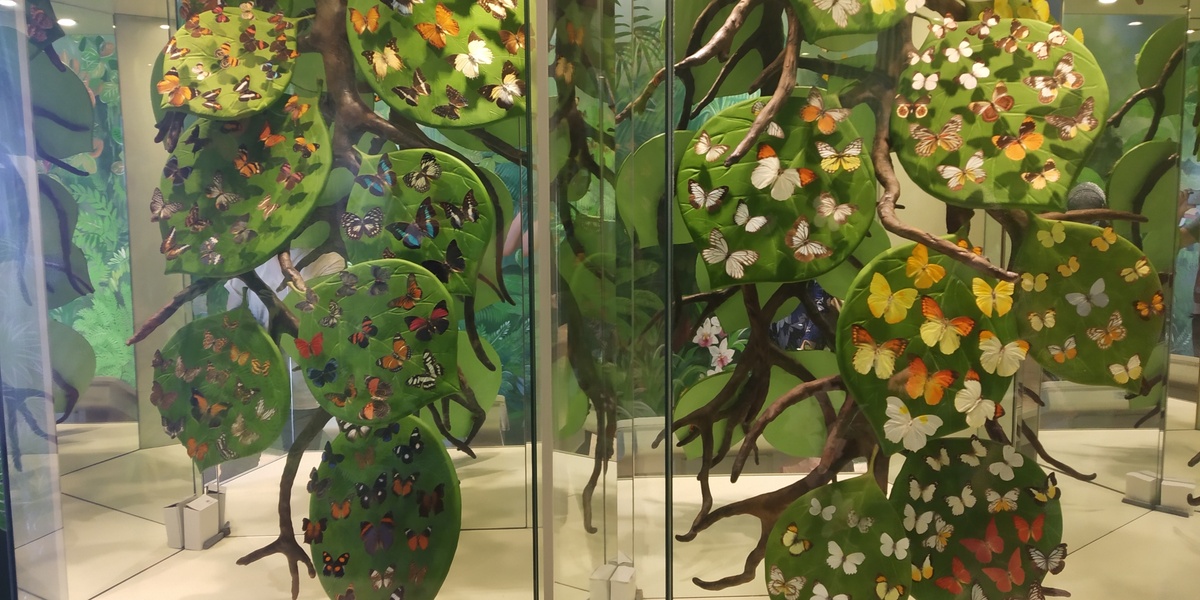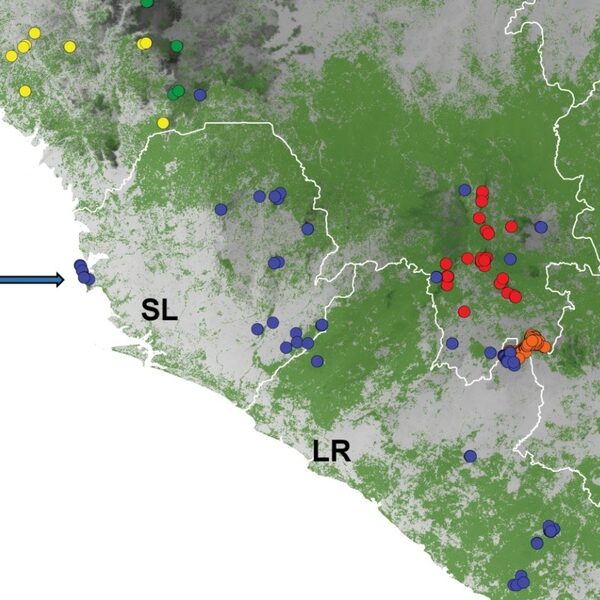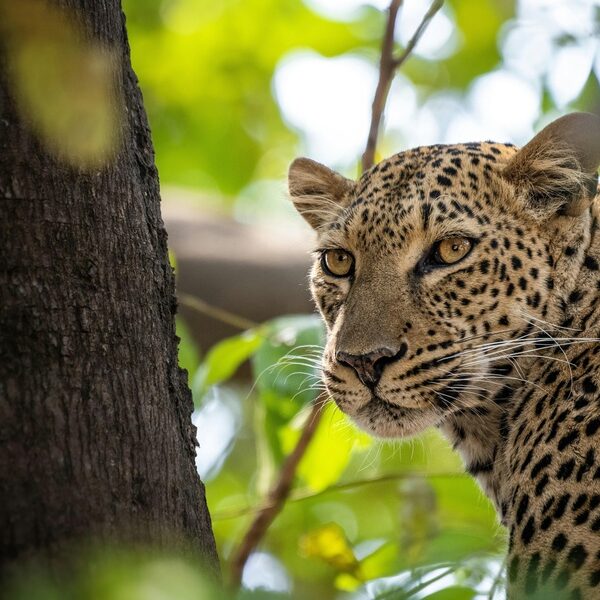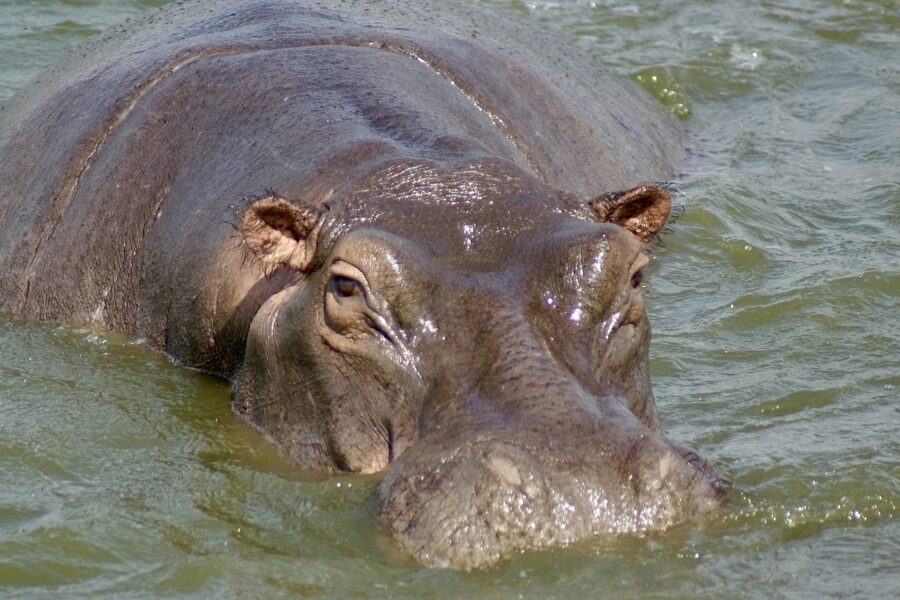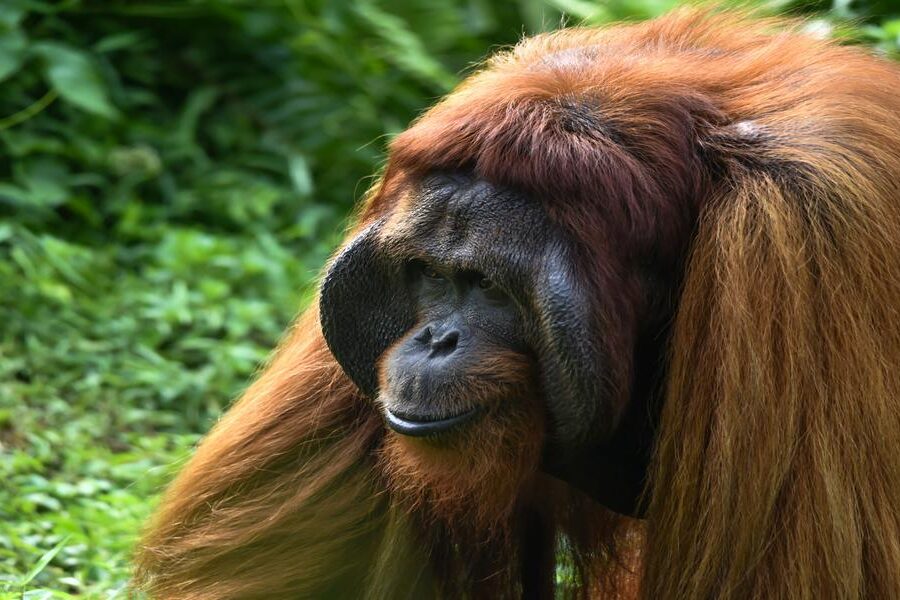Tropical regions burst with life, from dense rainforests to sun-drenched coastlines. These vibrant ecosystems are home to an astonishing array of creatures, many of which are masters of adaptation and survival, often hidden from plain sight. Their consistent warmth and rich biodiversity create ideal conditions for incredibly diverse life forms.
Within this fascinating world, you’ll discover our list of 38 tropical insects, showcasing the remarkable variety from the formidable Army Ant to the intricate Weaver Ant. For each entry, you’ll find below detailed information including its Scientific Name, Habitat, Avg. Length (cm), and a Notable Feature.
What makes tropical insects unique?
Tropical insects often exhibit unparalleled biodiversity due to the stable, warm, and humid climates found in these regions. This consistent environment allows for year-round breeding and a wider range of ecological niches, leading to the evolution of incredibly specialized adaptations, vibrant colorations, and complex social structures not commonly seen in temperate zones.
Are tropical insects generally dangerous to humans?
While many tropical insects, like mosquitoes, can transmit diseases, and some, like certain spiders or scorpions, have venomous bites, the vast majority pose no direct threat to humans. Their primary focus is survival within their ecosystem, and most bites or stings are defensive reactions. Awareness and common-sense precautions, such as using repellent and avoiding direct contact, are usually sufficient.
Tropical Insects
| Insect Name | Scientific Name | Habitat | Avg. Length (cm) | Notable Feature |
|---|---|---|---|---|
| Hercules Beetle | Dynastes hercules | Rainforests of Central and South America | 17 | Males possess enormous horns, making up half their body length. |
| Blue Morpho Butterfly | Morpho peleides | Rainforests of Mexico, Central America, and South America | 15 | Iridescent blue wings created by microscopic scales that reflect light. |
| Leafcutter Ant | Atta cephalotes | Neotropical rainforests from Mexico to Argentina | 1.5 | Carries leaf fragments to cultivate a specific fungus for food. |
| Goliath Beetle | Goliathus goliatus | Tropical forests of Africa | 10 | One of the heaviest insects in the world, weighing up to 100 grams. |
| Bullet Ant | Paraponera clavata | Lowland rainforests in Central and South America | 2.5 | Delivers the most painful sting of any insect, rated a 4.0+ on the Schmidt pain index. |
| Orchid Mantis | Hymenopus coronatus | Rainforests of Southeast Asia | 6 | Perfectly mimics an orchid flower to ambush prey. |
| Atlas Moth | Attacus atlas | Tropical and subtropical forests of Southeast Asia | 27 | Largest moth in the world by wing surface area. |
| Glasswing Butterfly | Greta oto | Rainforests of Central and South America | 6 | Its wings are almost completely transparent. |
| Army Ant | Eciton burchellii | Neotropical rainforests | 1.2 | Forms massive, nomadic swarms that consume everything in their path. |
| Queen Alexandra’s Birdwing | Ornithoptera alexandrae | Rainforests of Papua New Guinea | 28 | The largest butterfly in the world. |
| Giraffe Weevil | Trachelophorus giraffa | Forests of Madagascar | 2.5 | Males have an extremely long neck, much like a giraffe’s. |
| Titan Beetle | Titanus giganteus | Amazon rainforest | 16.5 | One of the largest known beetles in the world. |
| Tarantula Hawk Wasp | Pepsis grossa | Tropical regions of the Americas | 5 | Hunts tarantulas, paralyzing them to serve as a live host for its larva. |
| Lanternfly | Pyrops candelaria | Tropical forests of Southeast Asia | 7.5 | A long, pointed snout-like structure on its head. |
| Jewel Beetle | Sternocera aequisignata | Forests of Thailand and Southeast Asia | 4 | Brilliant, iridescent metallic exoskeleton. |
| Weaver Ant | Oecophylla smaragdina | Tropical Asia and Australia | 1 | Constructs nests by weaving leaves together with larval silk. |
| Sunset Moth | Chrysiridia rhipheus | Forests of Madagascar | 9 | Considered one of the most beautiful insects in the world. |
| Orchid Bee | Euglossa dilemma | Tropical Americas | 1.3 | Males collect fragrances from orchids to create a unique “perfume”. |
| Helicopter Damselfly | Megaloprepus caerulatus | Rainforests of Central and South America | 19 | The largest damselfly in the world, it preys on orb-weaving spiders. |
| Giant Devil’s Flower Mantis | Idolomantis diabolica | Tropical forests of East Africa | 13 | Performs a spectacular deimatic (threat) display when provoked. |
| Giant Leaf Insect | Phyllium giganteum | Tropical forests of Malaysia | 10 | Master of camouflage, perfectly resembling a leaf. |
| Cathedral Termite | Nasutitermes triodiae | Tropical savannas of Northern Australia | 0.5 | Builds enormous, complex mounds up to 8 meters tall. |
| Madagascar Hissing Cockroach | Gromphadorhina portentosa | Forests of Madagascar | 7 | Forces air through its breathing spiracles to produce an audible hiss. |
| Giant Burrowing Cockroach | Macropanesthia rhinoceros | Tropical parts of Queensland, Australia | 8 | The world’s heaviest cockroach, it lives in permanent burrows. |
| Thorn Bug | Umbonia crassicornis | Tropical Americas | 1.2 | Its body has a large, sharp horn that mimics a plant thorn. |
| Peacock Katydid | Pterochroza ocellata | Rainforests of the Neotropics | 6 | Resembles a dead, decaying leaf until it is threatened. |
| Owl Butterfly | Caligo memnon | Rainforests of Central and South America | 15 | Huge eyespots on its wings that resemble an owl’s eyes. |
| Assassin Bug | Platymeris rhadamanthus | Tropical Africa | 4 | A predatory bug that spits enzyme-rich saliva to liquefy its prey’s insides. |
| Giant Stick Insect | Phobaeticus chani | Rainforests of Borneo | 56 | The longest insect in the world. |
| Empress Cicada | Megapomponia imperatoria | Tropical forests of Southeast Asia | 20 | One of the loudest insects in the world. |
| Giant Water Bug | Lethocerus indicus | Freshwater habitats in Southeast Asia | 8 | A large, predatory aquatic insect that preys on fish and frogs. |
| Postman Butterfly | Heliconius melpomene | Neotropical rainforests | 8 | Engages in Müllerian mimicry and has an unusually long lifespan for a butterfly. |
| Rhinoceros Beetle | Xylotrupes ulysses | Tropical Australia and the South Pacific | 6 | Males have a large, bifurcated horn on their head. |
| Nasute Termite | Nasutitermes corniger | Neotropical forests | 0.4 | Soldier termites have a nozzle-shaped head (nasus) for spraying a sticky, toxic repellent. |
| Tsetse Fly | Glossina morsitans | Woodlands and savannas of sub-Saharan Africa | 1.4 | Gives birth to a single, fully developed larva instead of laying eggs. |
| Human Botfly | Dermatobia hominis | Tropical regions of the Americas | 1.5 | Lays its eggs on mosquitoes, which then transfer the larvae to a human host. |
| Ghost Mantis | Phyllocrotis paradoxa | Dry areas and scrublands of Africa | 5 | Resembles a withered, crumpled dead leaf. |
| Firefly (tropical species) | Photuris lucicrescens | Tropical Americas | 2 | Uses bioluminescence for complex mating signals and predatory lures. |
Images and Descriptions
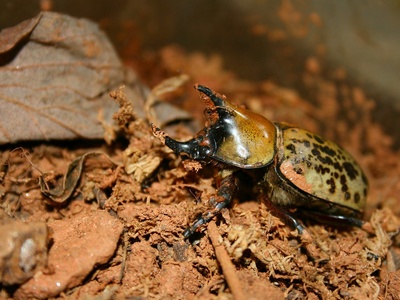
Hercules Beetle
A giant among beetles, the male Hercules Beetle is famous for its incredible strength and massive pincers, which it uses to fight rival males for mates.
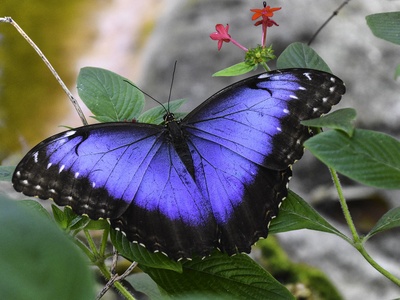
Blue Morpho Butterfly
This iconic butterfly flashes a brilliant, metallic blue as it flies through the rainforest understory. The color isn’t a pigment but a trick of the light, a stunning example of structural coloration.
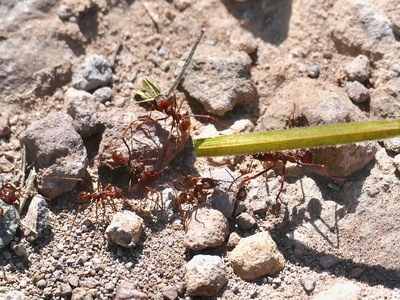
Leafcutter Ant
These industrious ants are the farmers of the insect world. They don’t eat the leaves they carry; instead, they use them as a substrate to grow a specialized fungus in vast underground chambers.
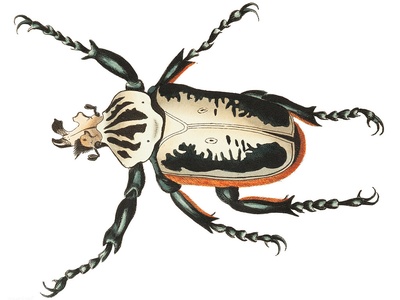
Goliath Beetle
This massive beetle is a true giant, with larvae that are even heavier than the adults. Males have a Y-shaped horn on their head used for battling other males over territory or mates.
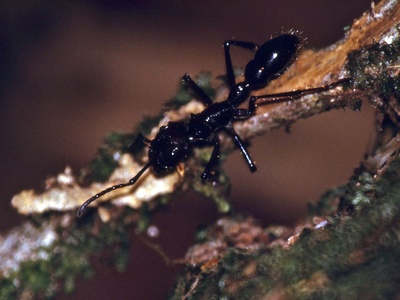
Bullet Ant
Named for its sting that feels like being shot, the Bullet Ant’s venom causes waves of burning pain that can last for 24 hours. Some indigenous tribes use these ants in warrior initiation rites.

Orchid Mantis
This beautiful predator is a master of aggressive mimicry. It sits motionless among flowers, tricking bees, butterflies, and other pollinators into coming within its grasp.
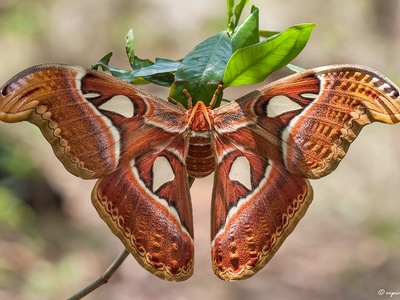
Atlas Moth
With wings spanning over 25 cm, the Atlas Moth is a nocturnal giant. The tips of its wings bear a striking resemblance to a snake’s head, which may be used to scare off predators.

Glasswing Butterfly
This delicate butterfly has see-through wings, an adaptation that makes it incredibly difficult for predators to spot as it flits through the dappled light of the forest.
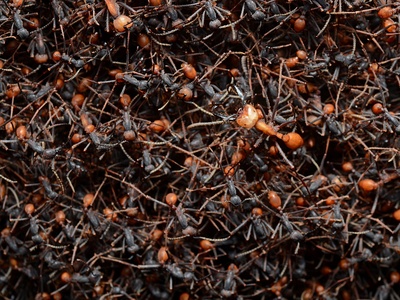
Army Ant
Unlike other ants, Army Ants don’t build a permanent nest. They are constantly on the move in huge columns, a terrifyingly efficient collective of hunters that can overwhelm insects, spiders, and even small vertebrates.
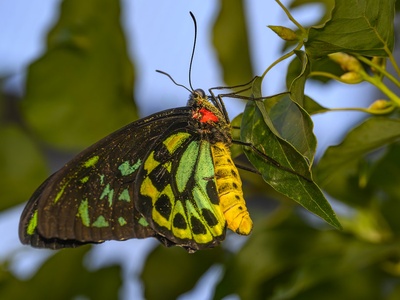
Queen Alexandra’s Birdwing
This rare and spectacular butterfly is a true giant. The females, which are larger than the males, have a wingspan that can approach 30 centimeters.
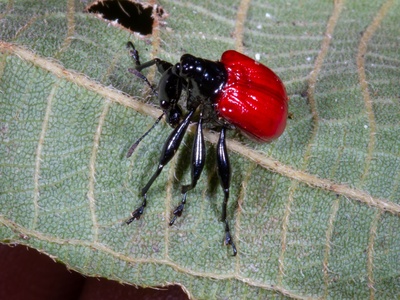
Giraffe Weevil
The male’s bizarrely elongated neck is used as a weapon to fight other males for the right to mate. Females have a much shorter neck, which they use to roll leaves into a tube to lay their eggs.
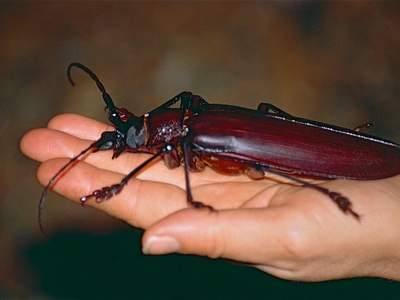
Titan Beetle
Hailing from the deep Amazon, this colossal beetle has mandibles so powerful they can snap a pencil in half. Its larvae have never been found, but are believed to feed on decaying wood for several years.
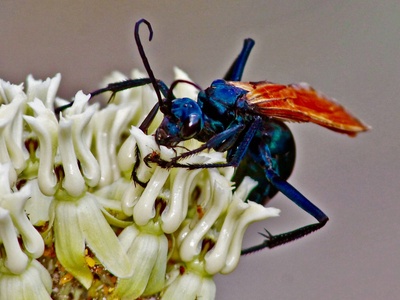
Tarantula Hawk Wasp
This large wasp has one of the most painful stings in the insect world. The female fearlessly attacks tarantulas, dragging the paralyzed spider to a burrow where she lays a single egg on it.
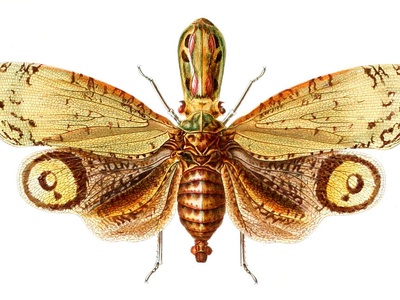
Lanternfly
Despite its name, the lanternfly’s “lantern” does not produce light. This colorful planthopper uses its specialized mouthparts to feed on tree sap.
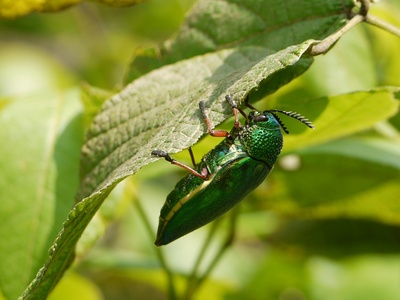
Jewel Beetle
These beetles are so vibrantly colored that their wing casings have been used for centuries in jewelry and embroidery. Their shimmering colors are a form of structural coloration.
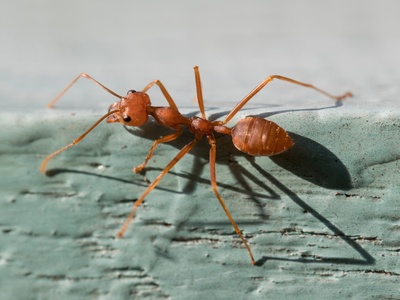
Weaver Ant
A marvel of cooperation, worker ants pull leaves together while others carry larvae to the edges, gently squeezing them to produce silk that stitches the leaves into a secure nest.
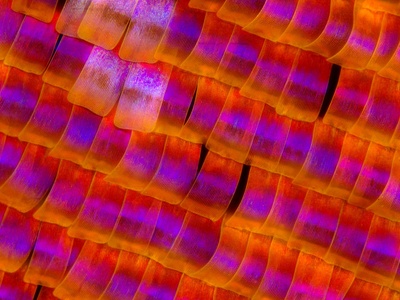
Sunset Moth
This day-flying moth displays a dazzling array of iridescent colors that shift with the viewing angle. The colors are not from pigments but from the unique way its scales reflect and refract light.
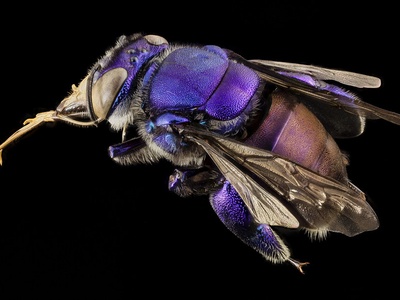
Orchid Bee
These brilliant, metallic green bees have a fascinating relationship with orchids. Males gather various scents and store them in special leg pouches, blending them to create a perfume to attract females.
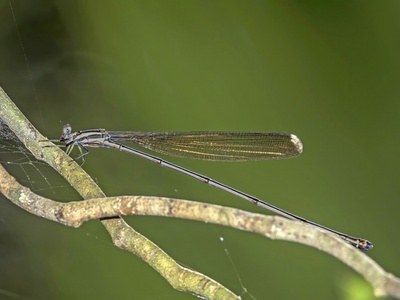
Helicopter Damselfly
With its enormous wingspan, this graceful insect flies slowly through the dark forest understory, plucking spiders directly from their webs with its long legs.
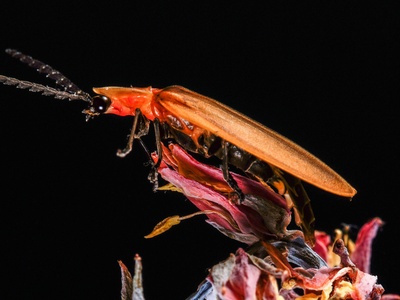
Giant Devil’s Flower Mantis
This large mantis mimics a flower to attract prey. If threatened, it raises its forelimbs to reveal a stunning display of red, white, black, and blue, making it appear much larger and more intimidating.
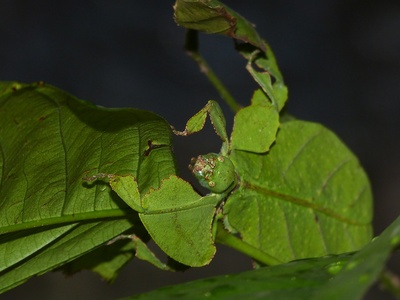
Giant Leaf Insect
This insect’s body is flattened and shaped like a leaf, complete with imitation veins and even bite marks. It sways as it walks, mimicking a leaf rustling in the breeze to avoid detection.

Cathedral Termite
These termites construct colossal, architectural mounds with intricate internal tunnels and ventilation systems that maintain a stable temperature and humidity, allowing their fungus gardens to thrive.
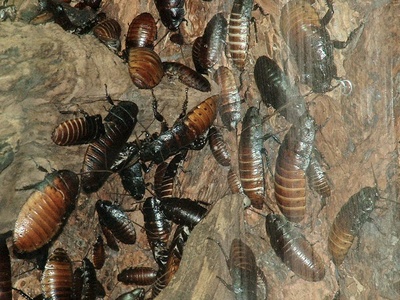
Madagascar Hissing Cockroach
Unlike most insects that make noise by rubbing body parts together, this large, wingless cockroach hisses for communication, defense, and during mating rituals.
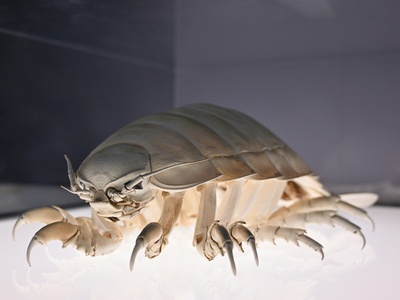
Giant Burrowing Cockroach
This wingless insect is a gentle giant, digging burrows up to a meter deep in the soil where it lives in family groups and feeds on dead leaves.
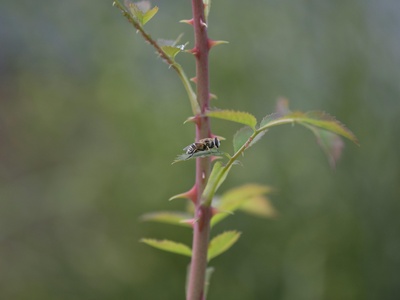
Thorn Bug
This remarkable bug is a master of camouflage. It sits on plant stems in groups, and their collective appearance makes the stem look thorny and unappealing to predators.
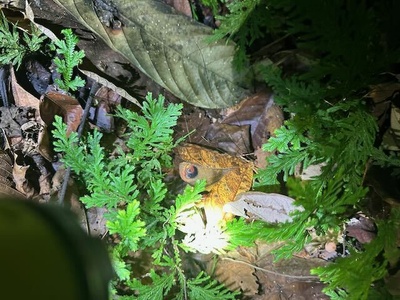
Peacock Katydid
When disturbed, this katydid flashes its hind wings, which are patterned with two enormous, startling eyespots. This sudden display is designed to frighten away potential predators like birds or monkeys.
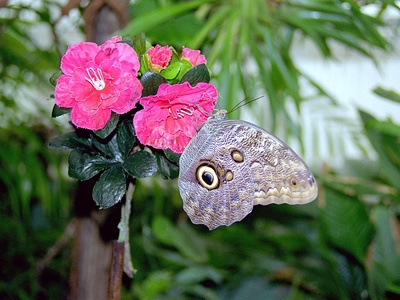
Owl Butterfly
These large butterflies are most active at dusk. The prominent eyespots on the underside of their wings are thought to be a form of mimicry to startle or confuse predators like lizards and birds.
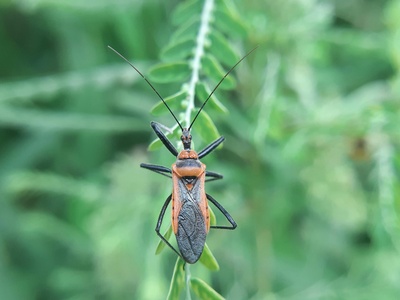
Assassin Bug
Known as the Red-spotted Assassin Bug, this insect is an effective hunter. It uses its sharp rostrum (a beak-like structure) to inject potent saliva into its victims, then sucks out the digested contents.
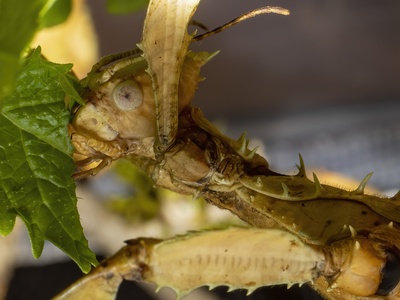
Giant Stick Insect
Holding the world record for length, this incredible insect’s body alone is over a foot long. Its stick-like camouflage makes it nearly impossible to see among the tree branches where it lives.
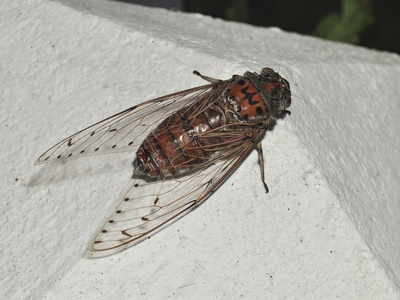
Empress Cicada
The males of this massive cicada species produce an incredibly loud, high-pitched call to attract females. Their deafening chorus is a characteristic sound of the Southeast Asian jungle.
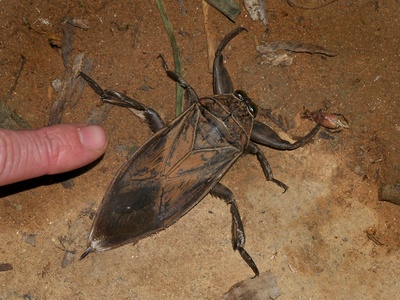
Giant Water Bug
Also known as “toe-biters,” these formidable freshwater predators use their powerful front legs to grab prey and a sharp beak to inject a paralyzing, digestive saliva.
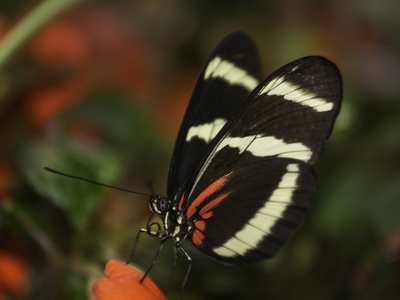
Postman Butterfly
This colorful butterfly shares a common warning pattern with other toxic butterfly species, reinforcing the signal to predators. They also feed on pollen, which allows them to live for several months.
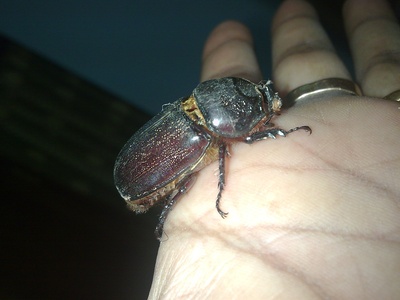
Rhinoceros Beetle
Similar to its namesake, the male Rhinoceros Beetle uses its impressive horn to joust with rivals, attempting to lift and toss them to win access to females.
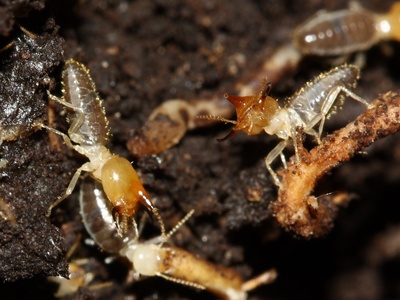
Nasute Termite
Instead of large mandibles, the soldiers of this termite species have evolved a bizarre form of chemical warfare, shooting a debilitating glue-like substance at enemies like ants.
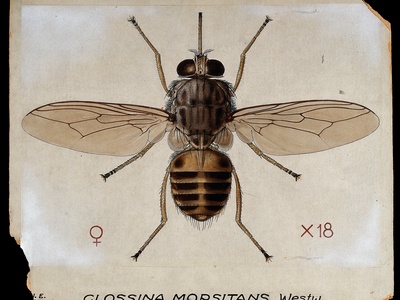
Tsetse Fly
This fly is a vector for sleeping sickness. Uniquely, the female nourishes one larva at a time inside her uterus, giving birth to a pupa that immediately burrows into the ground.
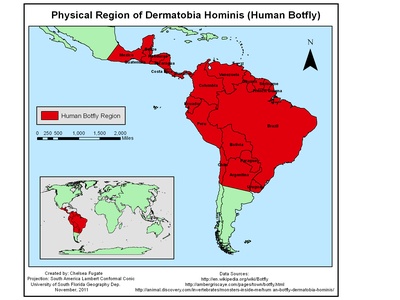
Human Botfly
This fly has a macabre and clever reproductive strategy. The larva burrows under the skin of a mammal host, including humans, where it develops before emerging to pupate.
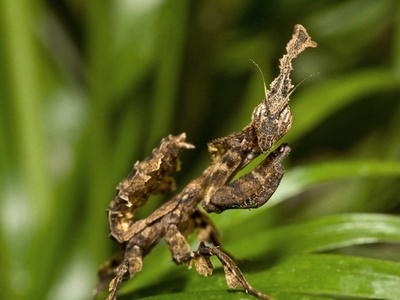
Ghost Mantis
This small mantis has an otherworldly appearance, with a twisted body and coloration that provides perfect camouflage among dry foliage, helping it ambush prey and hide from predators.
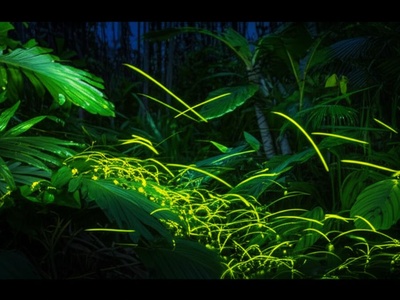
Firefly (tropical species)
While fireflies are widespread, tropical species often exhibit elaborate, synchronized flashing displays. Some females, known as “femme fatales,” mimic the flash patterns of other species to lure in and eat the males.
